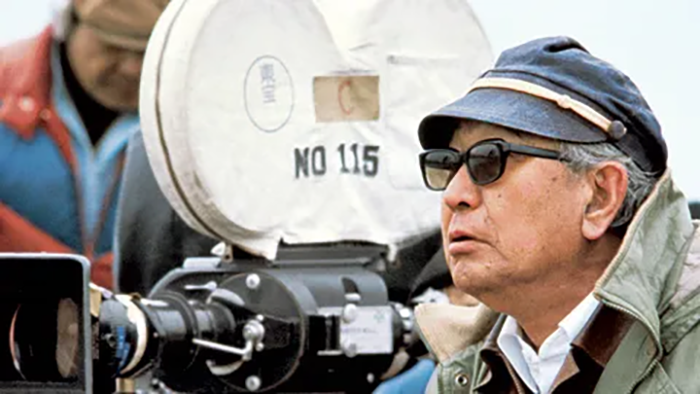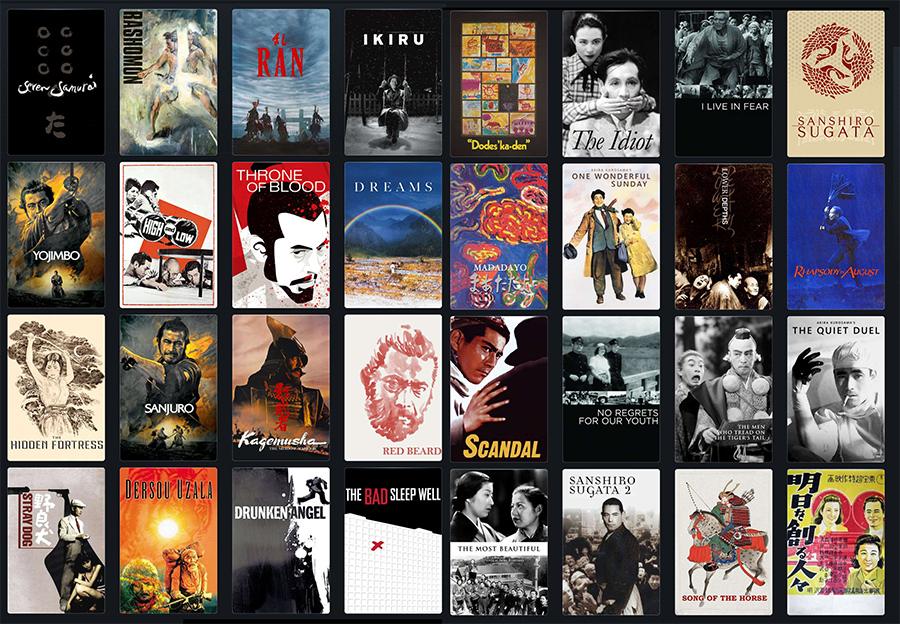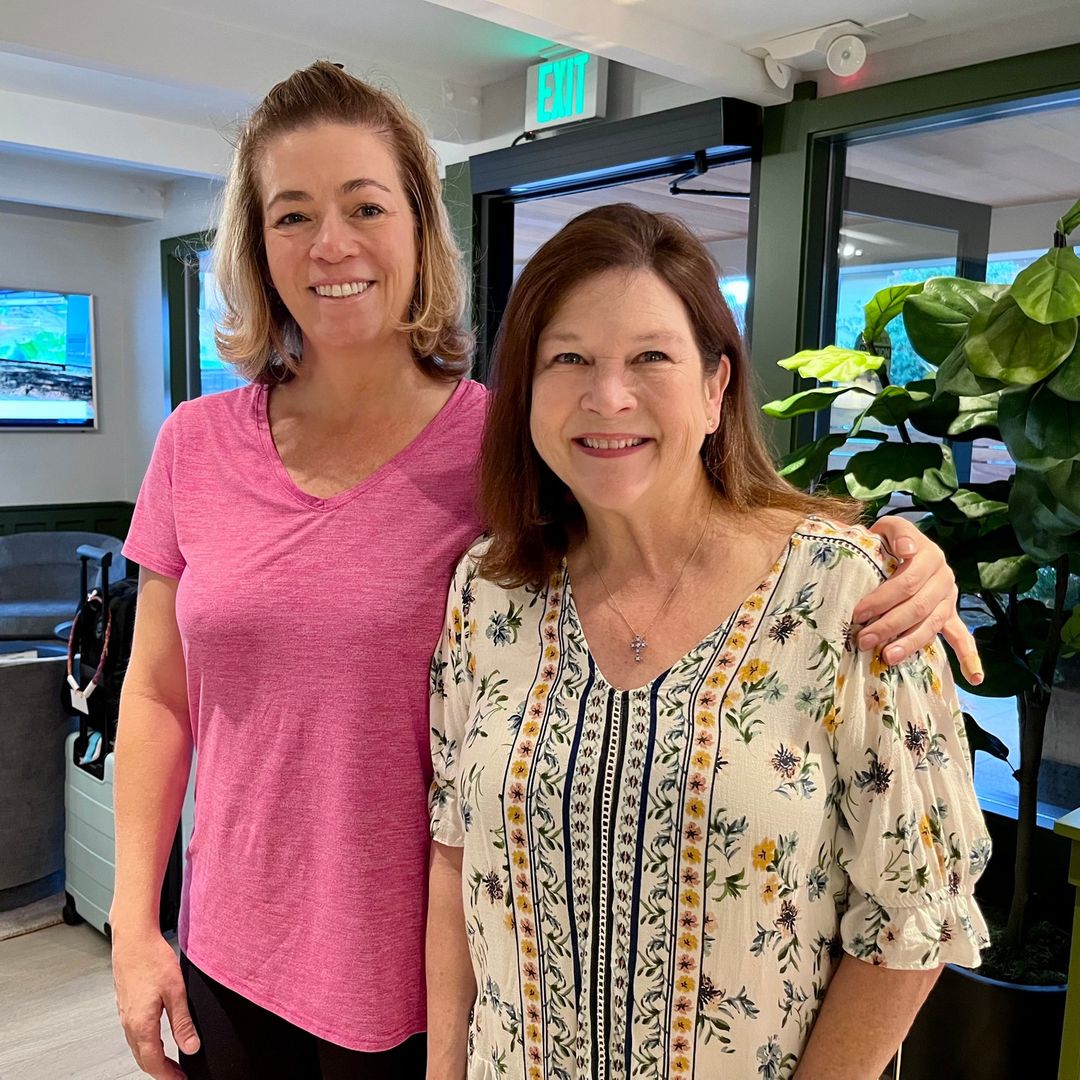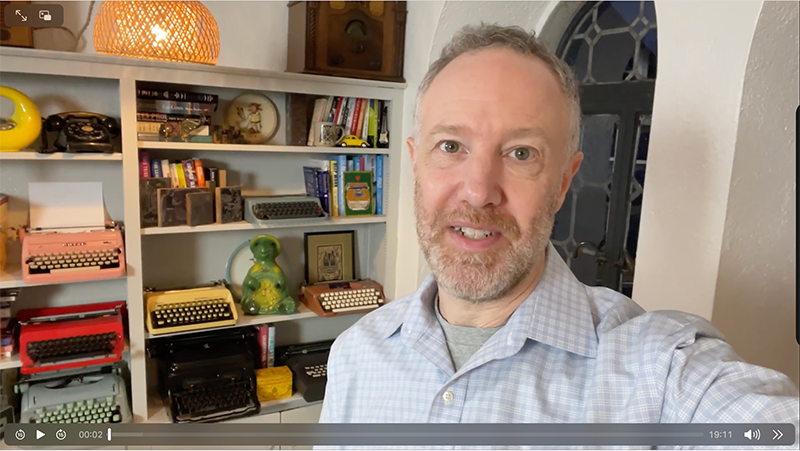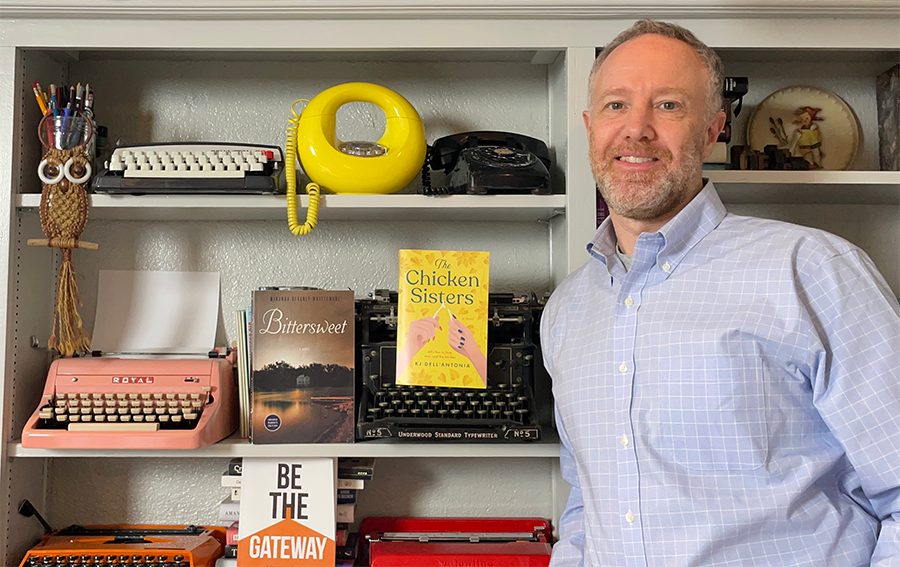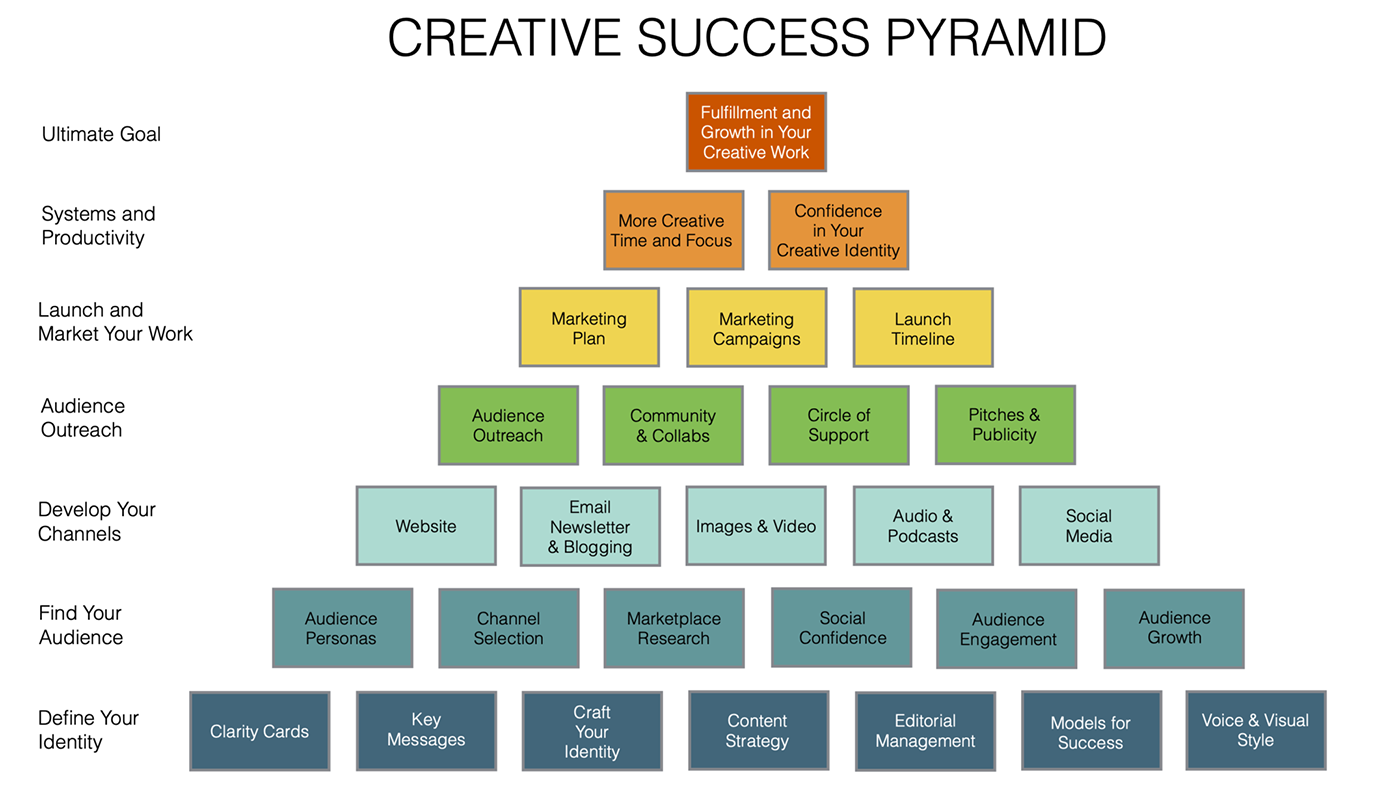I am so excited to share this case study with you today! It dives into a tool that I use with writers all the time to help them:
- Get clarity on what to share with readers.
- Plan what to write.
- Be consistent in how to share.
- Find calm in how sharing (a simple process, instead of overwhelming expectations.)
An editorial calendar is in many ways a very simple tool. It is often just a basic spreadsheet, text document, calendar on your wall, or a planner on your desk. The key components tend to include days of the year, and what you may want to share and publish throughout the year. You may use an editorial calendar to manage your email newsletter, but it can apply to everything you share, including social media, in-person events you are a part of, and so much else.
Today’s case study will dive into the mechanics of it, but that isn’t the only reason I am sharing it. You share because you have a specific creative vision, and because sharing your ideas and stories with readers matters deeply. Today’s case study focuses on the passion and meaning that embodies what you write and why you share.
Okay, this is where I introduce an unexpected twist: today’s case study focuses on the editorial calendar of a LEGO collector who has a YouTube channel called DuckBricks, with more than 139,000 subscribers. Meet Christopher Lee! You can see a small part of the 8,000 LEGO sets in his personal collection behind him:
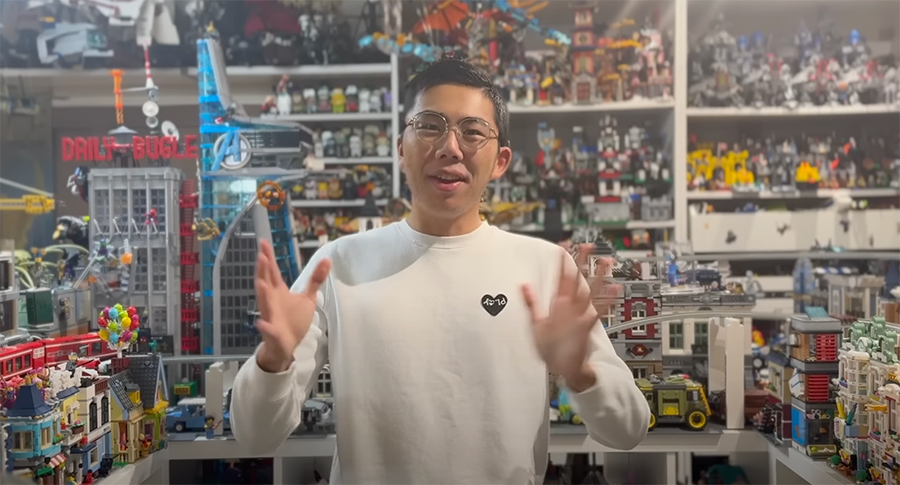
Earlier this month, Chris shared a video where he reviewed the editorial calendar for all of his upcoming videos. I was blown away by how specific it was, and how much passion was infused in it. I felt it was an amazing case study to help writers consider the value of an editorial calendar for how you share.
I recently talked about how to manage your complete editorial system on Substack in this workshop, and you can purchase replays of all of my workshops here. This is infused in the work I do everyday with writers, helping them develop their platforms, connect with readers, and launch their books. The editorial calendar is a key piece in the methodology I use with writers, which I call the Creative Success Pyramid. It’s there on the bottom row as “Editorial Management”:
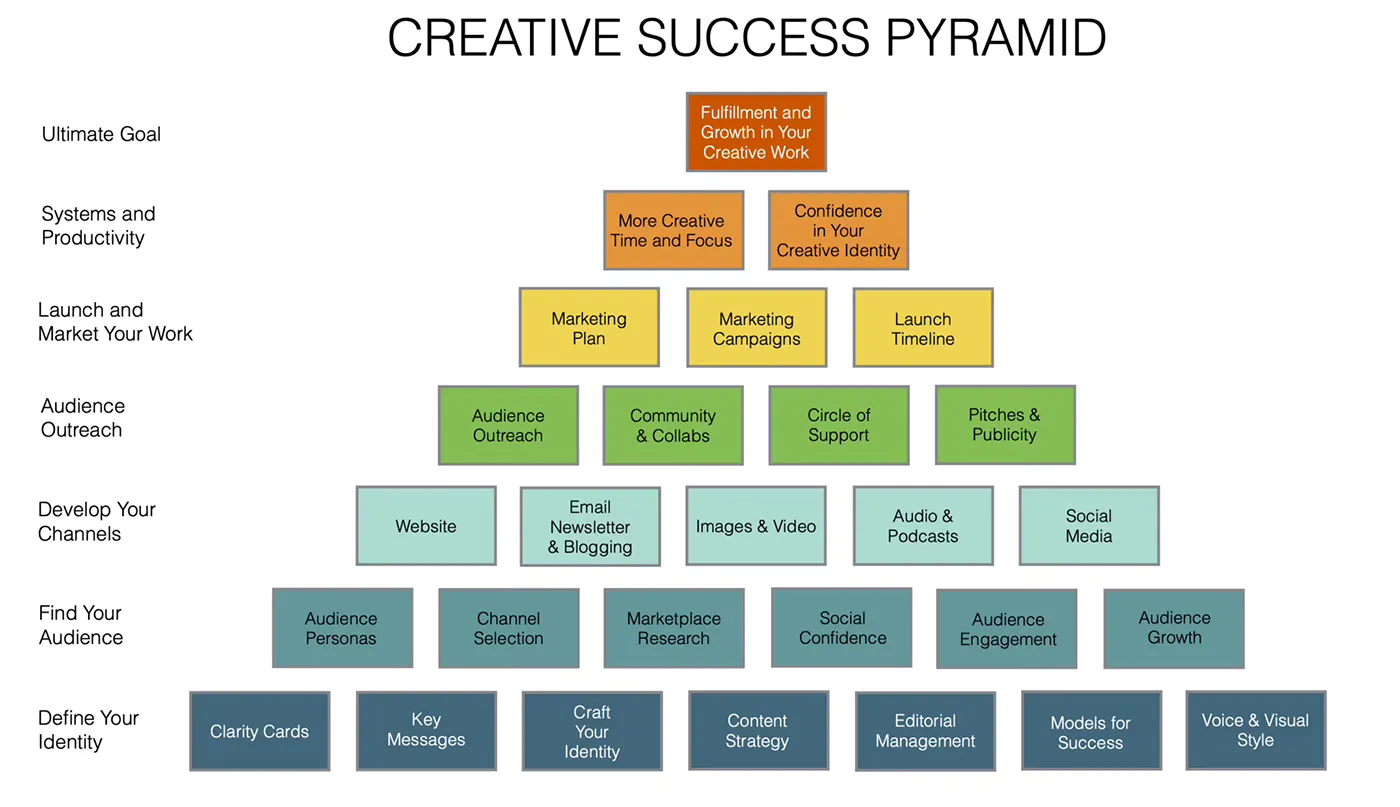
Okay, let’s dig in to this amazing editorial calendar case study! I break this up by specific tips to help you get started.
When I work with writers, I have an editorial calendar template I use, along with several other templates that work up to this stage. For Chris, he keeps his editorial calendar as simple as can be, which is soooooo smart. He includes just enough information to plan effectively, but not so much that it overwhelms. This is it:
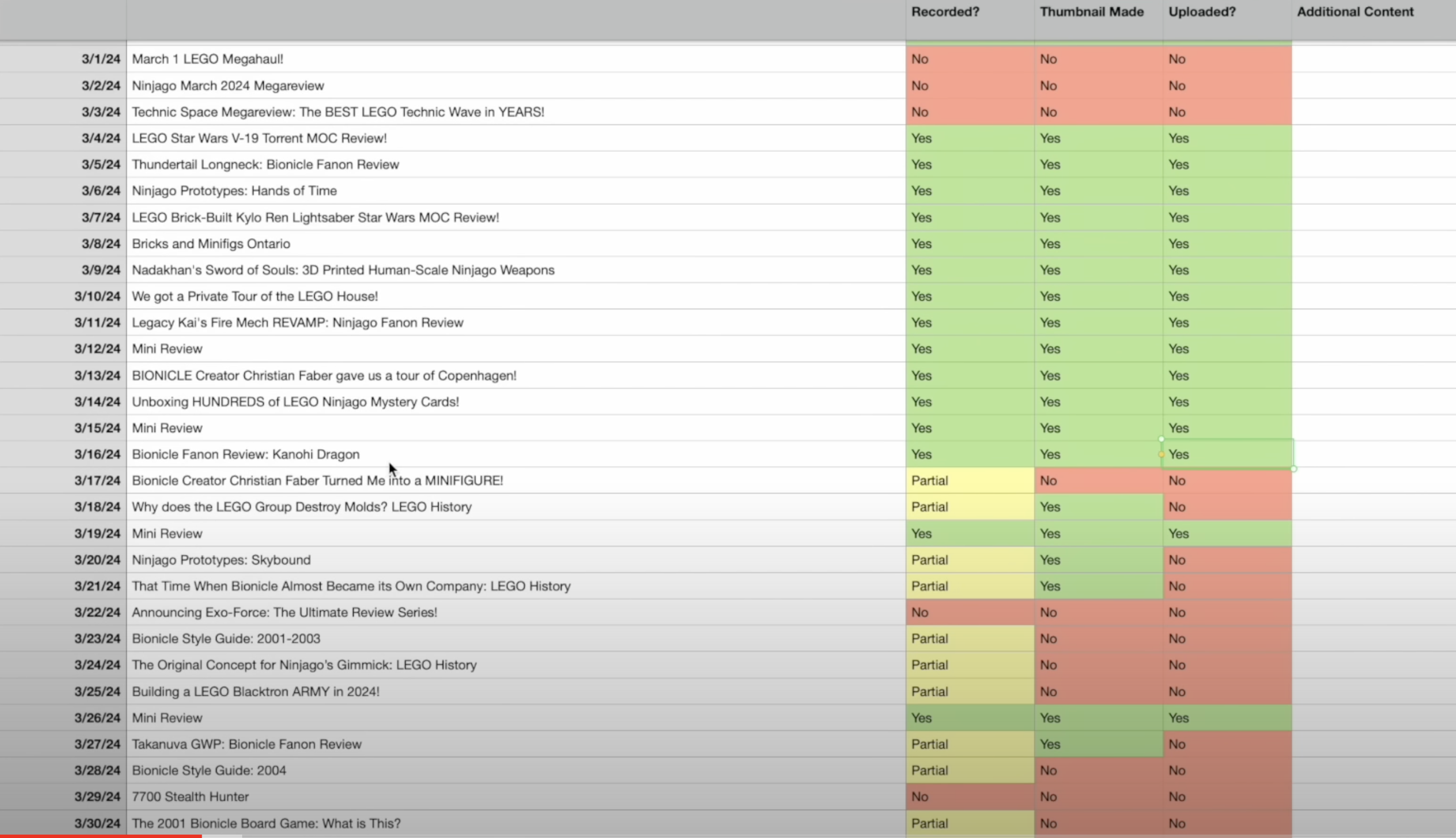
It includes these columns:
- Date
- Description
- Recorded? (yes or no)
- Thumbnail Made (yes or no)
- Uploaded? (yes or no)
- Additional Content (any additional things to mention in the video, such as an anniversary, etc.)
He started using this spreadsheet in January 2021. Simple systems last! Note the color-coding he uses as well, making it even easier to see where to focus his efforts.
For later in the year, he has videos scheduled that are complete or partially done, and he just leaves gaps in the calendar for days in between:
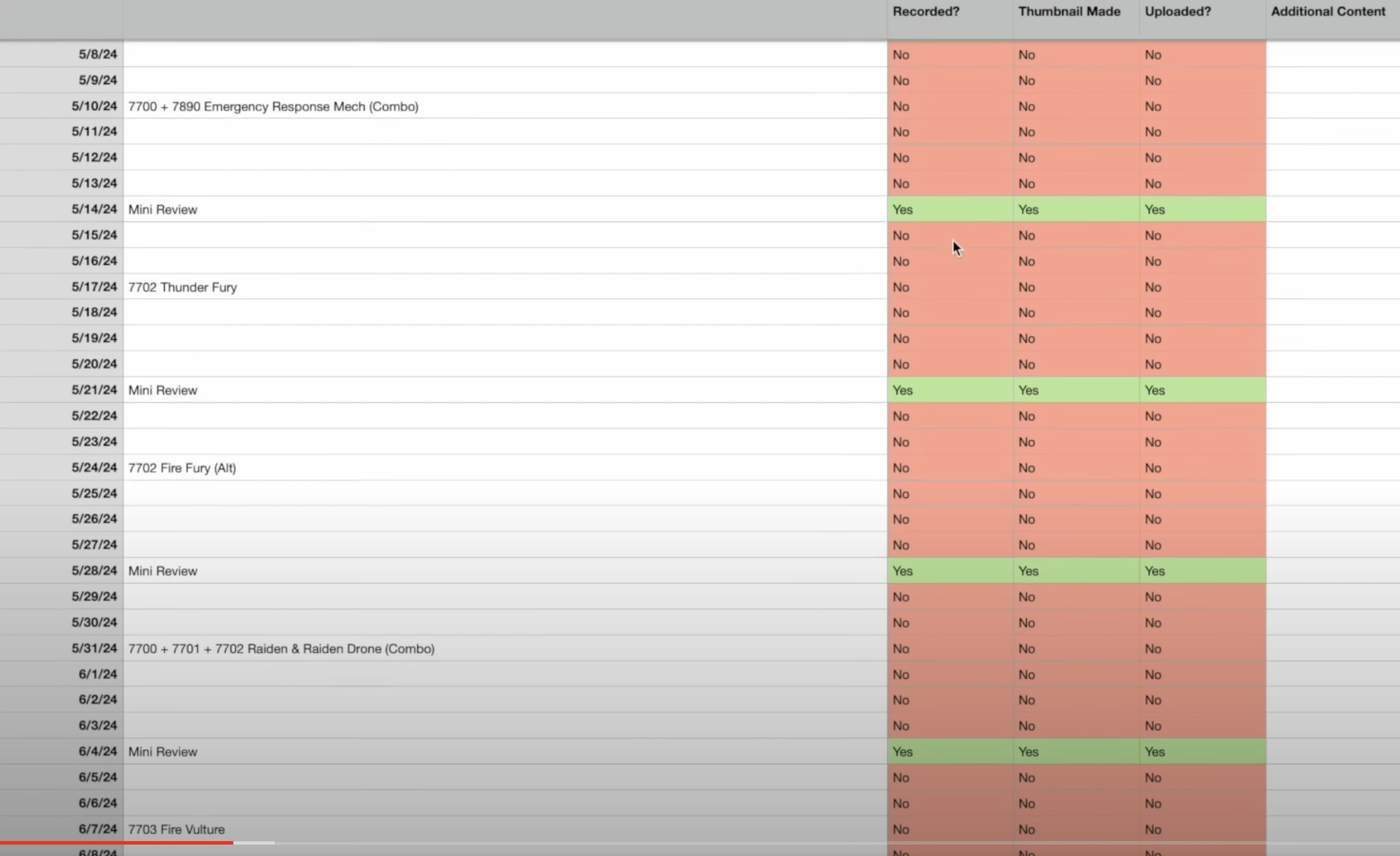
Do you need to use a spreadsheet? No! The point here is to begin writing down your ideas. Consider what it will take to complete ideas, and the possible order you want to publish them. It’s worth noting that Chris does seem to have others who assist him with some of the elements here, though I’m not exactly sure what that looks like.
On January 16th, Chris said that basically every video from then through the end of March is done and already scheduled in YouTube. What goes into that? So much!
- Filming
- Editing
- Thumbnail creation
- Title
- Description (and metadata)
- Upload/schedule
For each of these items, there may be multiple steps. For instance, perhaps he has to film in multiple locations. Or if he is creating a video about a trip, he may have recorded video from that trip, but then may need to record additional footage in his studio as an intro.
What is amazing is that he has many videos complete and planned well beyond March. Do you have to be this diligent? Of course not. But it encourages the question of, “What could next month look like for your newsletter?” This, as opposed to just waiting until the day before each issue, and having to write it all from scratch in a panic.
For a long time, Chris was uploading a new video every other day. Then in Nov 2022 he moved to a video every day. Is he doing this because he has determined that that YouTube algorithms demand it? No! This is how he described why daily works for him:
“What DuckBricks has been doing for the past few years and what I plan to do for the foreseeable future is upload one new LEGO related video every single day. This honestly isn’t to hit some sort of an arbitrary upload criteria. It is literally the only possible posting rate that I can maintain to get out all of the ideas that I have for videos as quickly as possible. I have so many ideas for DuckBrick’s videos every single day.”
Do you need to publish daily? Nope. But frequency is an important way to be present in the lives of your readers.
So many writers tell me “Oh, people don’t want to hear from me that often,” or ‘I don’t want to bug people by publishing that often.” So instead, they show up once a quarter, or at most, once a month. The result? They don’t show up in the lives of their readers. They don’t develop the ability to talk about their creative vision in an authentic way. They don’t find the growth and engagement that they desire.
I talk to writers about this all the time who say they don’t want to constantly be distracted by sharing. I want to encourage you to detach yourself from the pressure you feel of sharing in the moment. the expectation of time. In other words: if you go to a beautiful bookstore and feel that you want to share with your followers on Instagram about it, you do not need to share it in that moment, on that day, or even during that week. You can take the photo to capture it, but then share about it another time. This could even be weeks or months later.
As Chris moved through his scheduled posts in the editorial calendar, he showed many upcoming videos that he has been working on for months. “This is from my trip back in October.” “This is one we filmed back in June.” That was months and months ago! He even showed an upcoming video that was filmed back in 2020, 4 years ago.
I encourage you to remove yourself from that pressure of sharing constantly, in the moment something happens. Instead, focus on clarity of your message and creative vision, and give each item you share the room it needs to develop. There is no reason you couldn’t visit a wonderful bookstore 6 months ago, and then this week share:
“Recently, I visited this amazing bookstore in…”
Or
“Not long ago, I had the chance to visit…”
Or
“Thinking about this amazing bookstore I visited recently…”
Or
“Has anyone else been here! Look at this amazing bookstore I discovered!”
Can you mention your visit was months ago? Sure. Do you have to? Nope. Either way: it doesn’t matter! What matters is your creative vision, your passion, your connection with readers.
Here is a screenshot of videos that Chris filmed and edited back in 2021 and 2022, which are already scheduled to go live on YouTube in September and October of this year — months from now!
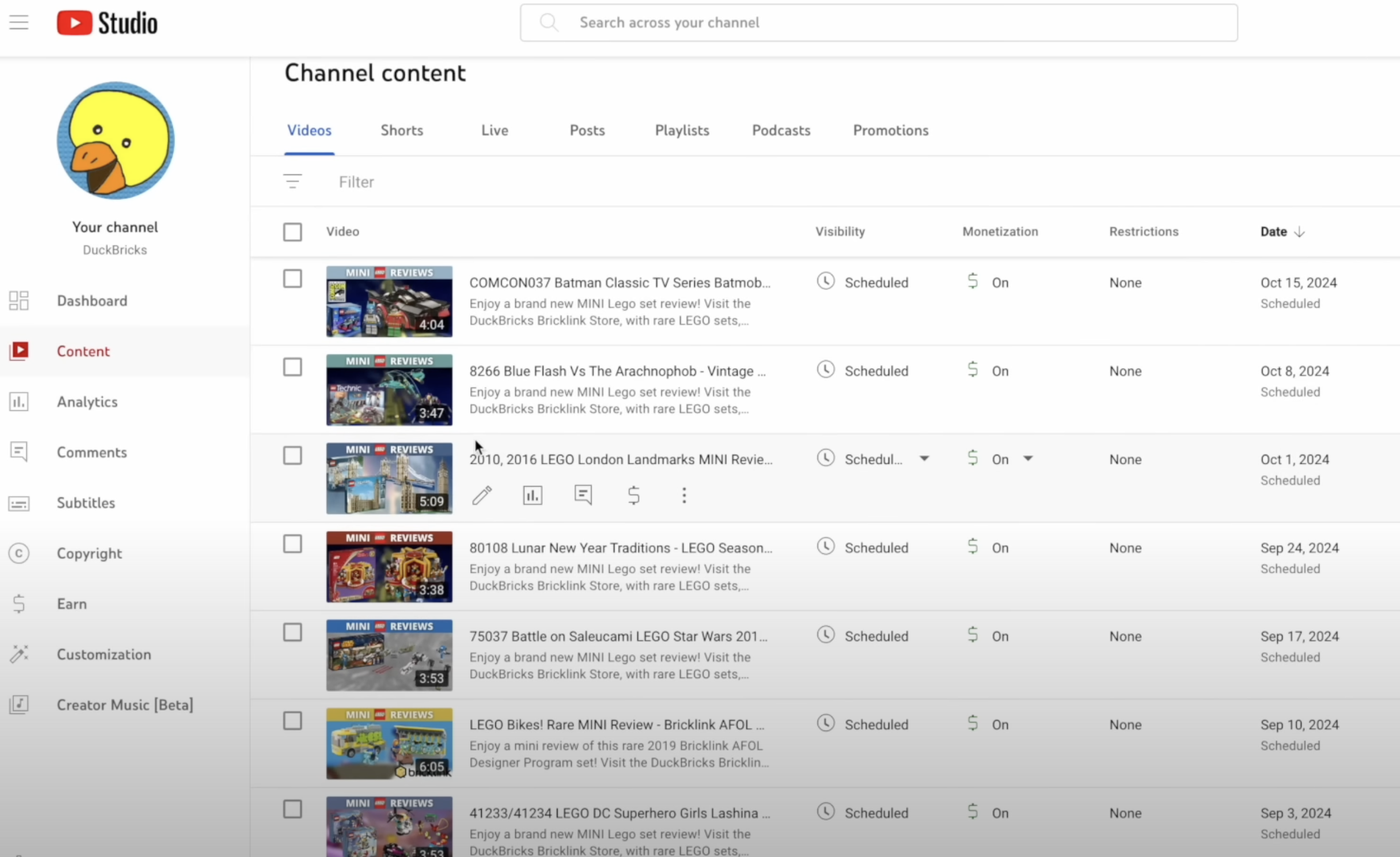
Chris took a trip to LEGO headquarters in Billund, Denmark, and has videos about it coming out for months and months. Perhaps you go on a writer’s retreat in March. You do not need to immediately post about the experience in your very next newsletter, or immediately on social media. You could slowly develop several posts about it that you share weeks — or months — later. To me, that releases so much pressure to have to do too much all at once.
Chris showed some series that he is planning, including one that will feature a monthly video for the next two years! In some ways, he is methodical in this. But in others, he is simply balancing all of his ideas, the time each needs, and even viewer interest.
For one series, he is reviewing every set from an older LEGO theme, which he is calling, “Exo-Force: The Ultimate Review Series.” This begins around March 22, 2024, and he will put out a new video every week on this theme through August 1, 2025. I mean, that is planning! Here it is in his calendar:
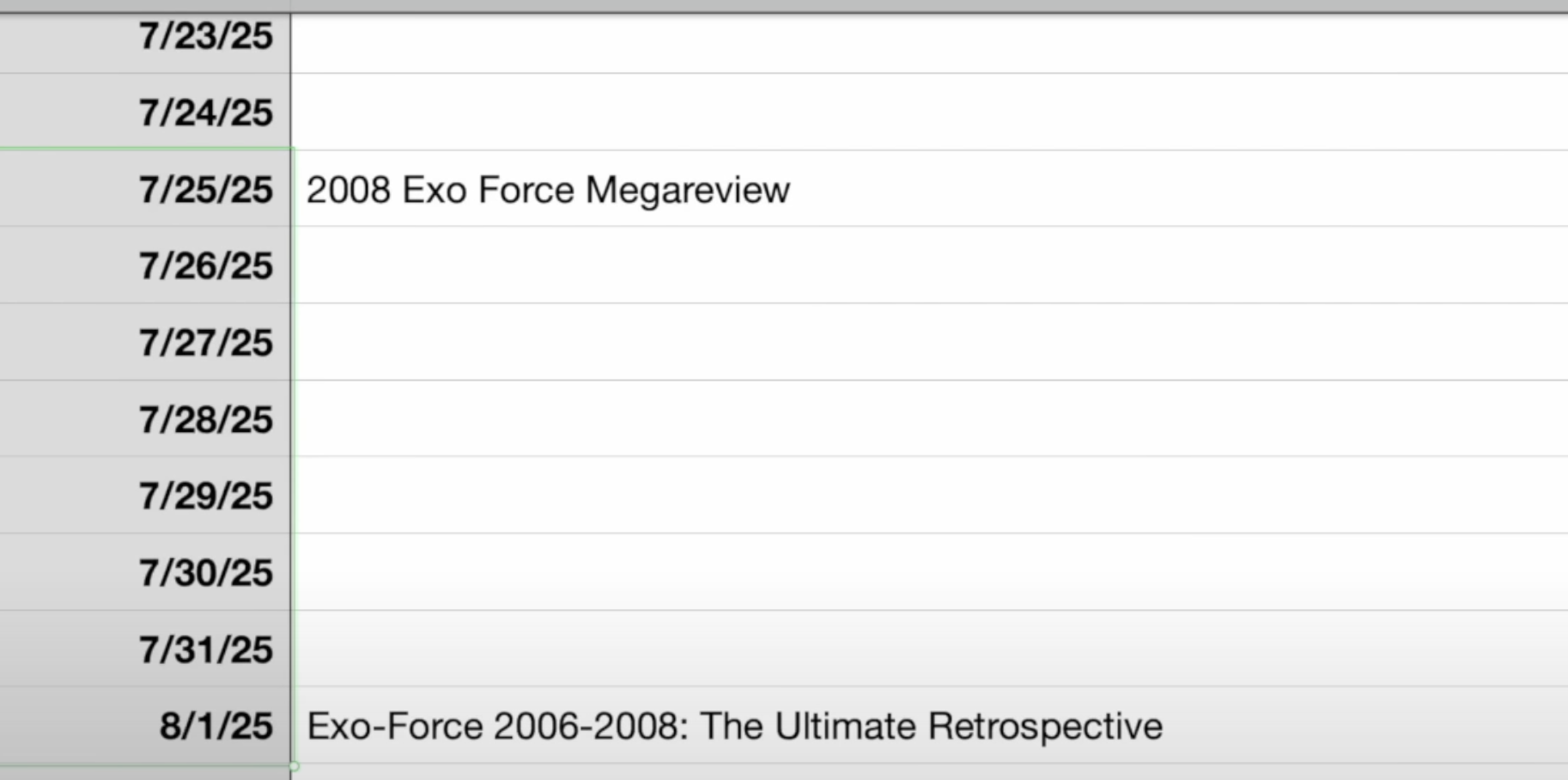
What I love about this is that he can have a big vision for what he can create and give himself the time he needs to complete it, without feeling so much pressure to do it all right now.
I often say that your most precious resource is not time or money, but your creative energy. What comes ooooozing out of Chris’s video here is his passion and focus. He spends quite a long time in the video reviewing upcoming videos that are already scheduled:
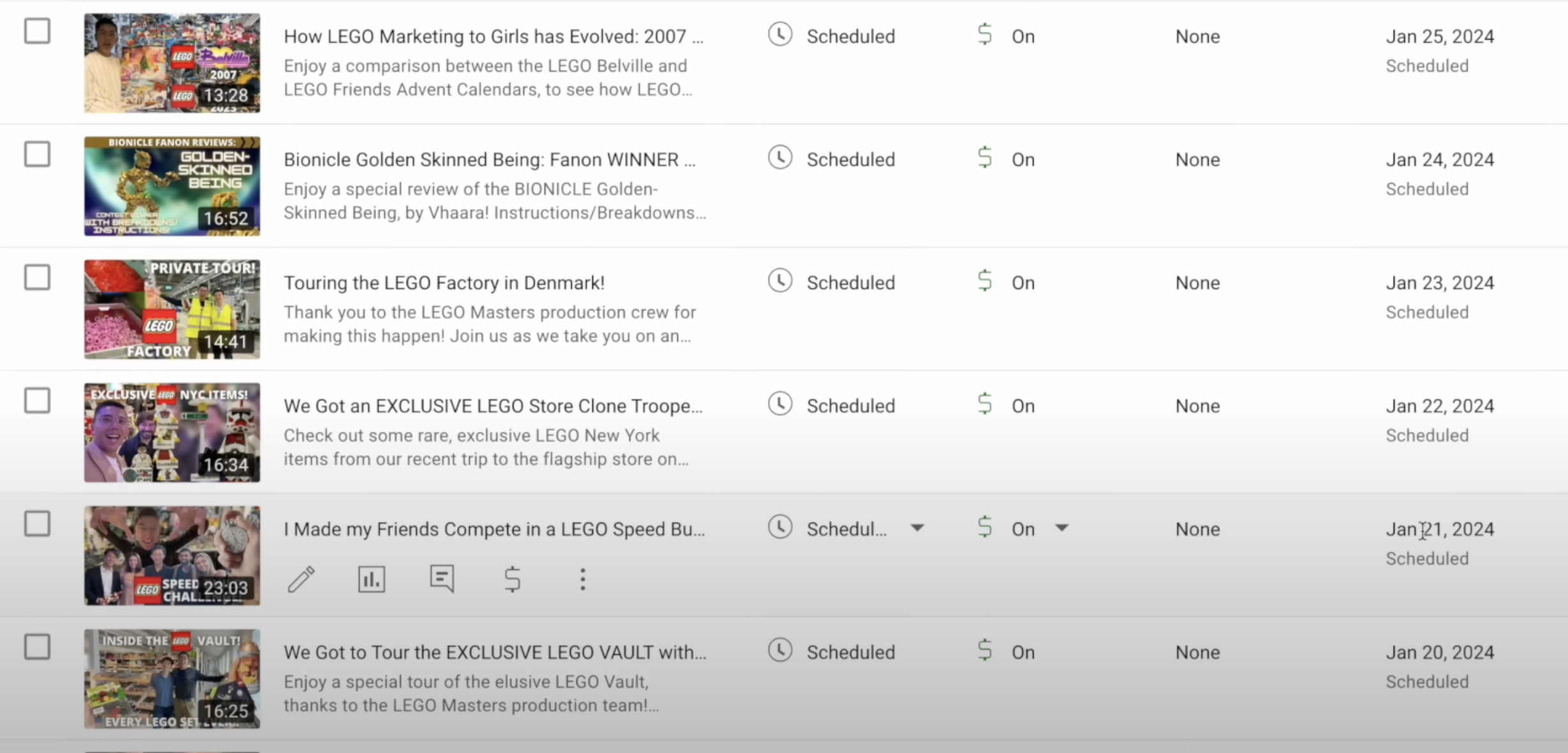
He is just so excited about each video, and that passion comes through. Does Chris clearly spend a lot of time and money on this? Of course. However, his creative energy allows him to do what others in his position aren’t doing.
Chris’ LEGO channel is not his full-time job. He works at Microsoft, and has also mentioned something about multiple startup projects he is developing with friends, or on his own. He recently mentioned that nearly every weekend through the end of summer will be spent at one LEGO-related event or another.
I work with writers because I am endlessly inspired by their belief in the stories they tell, and the ideas they share. Perhaps you worry that you could not sustain a weekly email newsletter? One thing I would as is this: is there one small thing you can share each week that talks about the themes you love writing about? Or one moment of inspiration, perhaps from a book you read, some research you did, or a reflection you had? If so, why not share that with your ideal readers? Why not open up the potential that it may inspire them as well?
Chris’s videos range in length. Here are some upcoming videos (one is 36 minutes, and another is 1 hour and 22 minutes that focuses on how he brought home a ton of LEGO sets he bought in Denmark, back to the US):
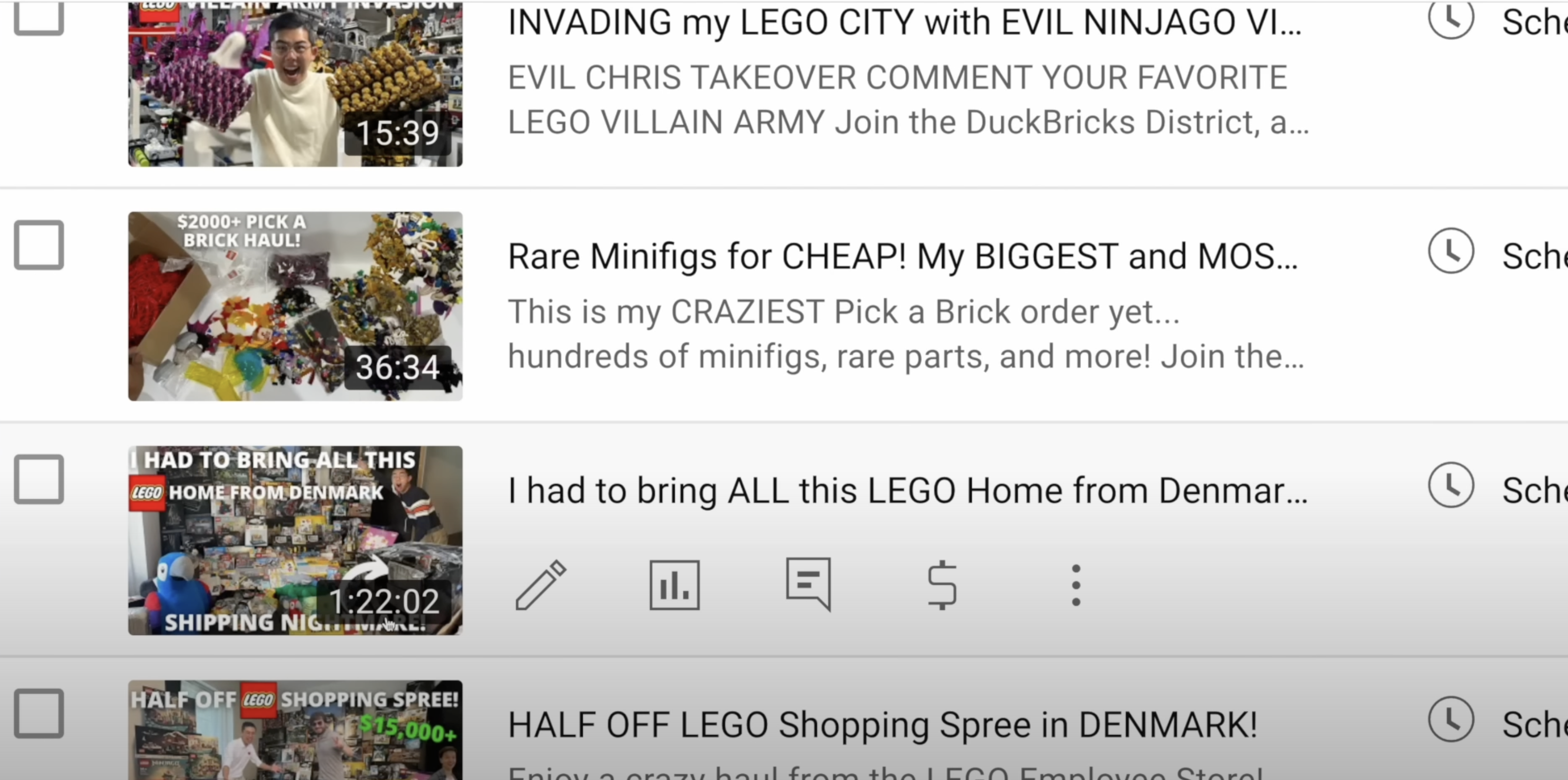
What is fascinating about what Chris does is how his systems seem to be focused on passion, not obligation. I’ve heard many top creators on YouTube talk about how a regular upload schedule can stress them out. Some big channels have even experienced big issues because of the pressure to keep posting, or they have quit entirely. Can a rigid schedule be a negative, sapping your creative energy, and forcing you to take on too much of a workload? Of course. The key point here is: you get to choose. And as you develop this, I encourage you to find tools such as an editorial calendar to help support the process.
If you want to take a deep dive into how to use an editorial calendar to manage your email newsletter, consider checking out this workshop of mine.
Before I end, I wanted to give you a sneak peek at some of the behind-the-scenes videos I have been sharing with my paid subscribers.
I’d love to know, what has worked for you in managing how you share online, whether that is a newsletter, social media, or something else? Let me know in the comments.
Thank you for being here with me.
-Dan









